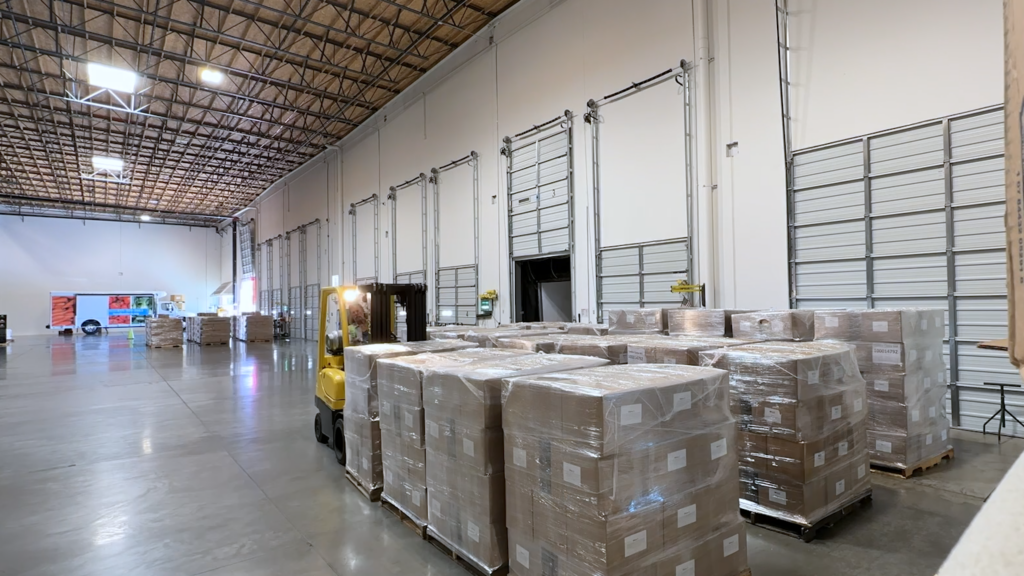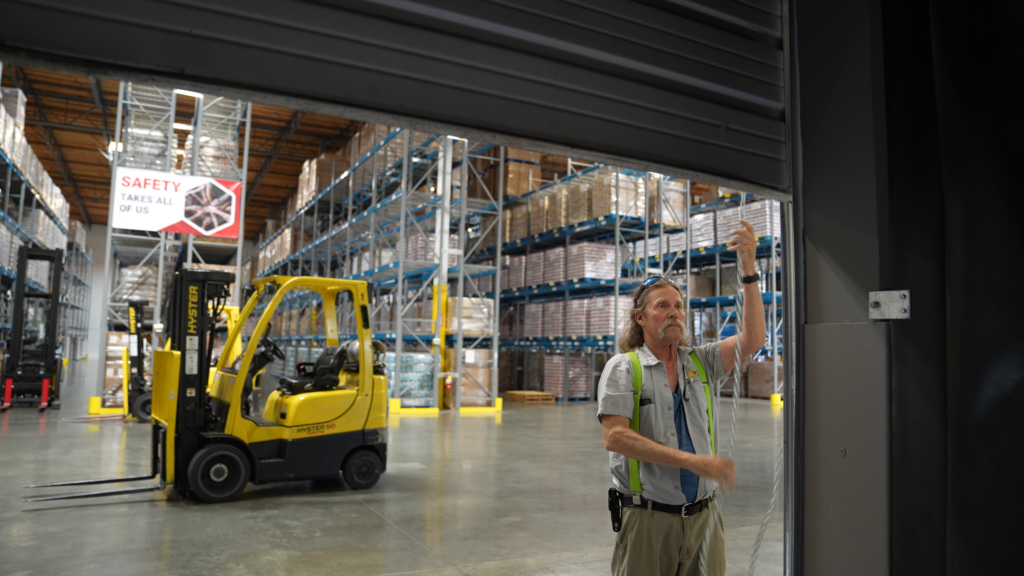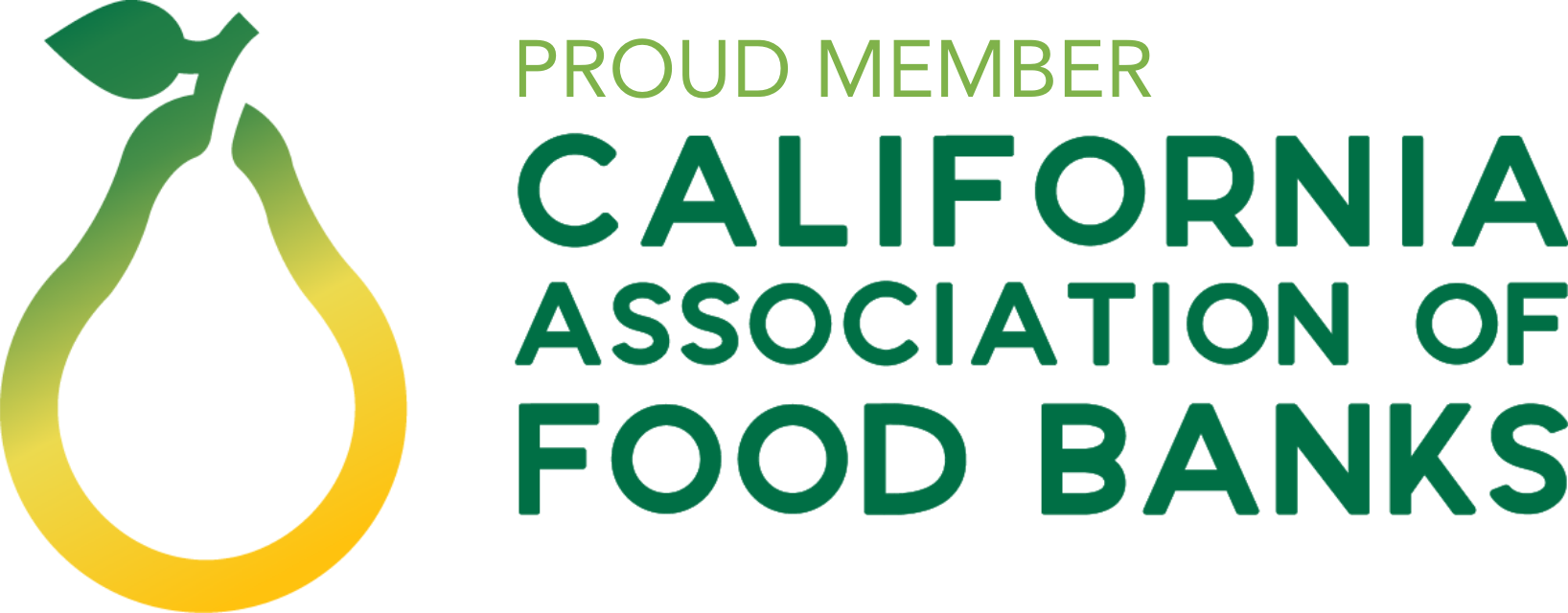Have you ever misplaced a container of leftovers at the back of your refrigerator? Or accidentally purchased an ingredient from the grocery store that you already had enough of at home?
If so, you’ve had a little taste of the challenges our operations team at the Food Bank deals with every day. The only difference? We’re keeping track of a pair of warehouses with enough storage space to fill more than 360,000 refrigerators.
That’s why as part of our three-year strategic plan we’re upgrading and modernizing our warehouses. This project will ensure we can continue to keep track of everything coming through our doors – and that we’re continuing to be as resourceful as possible with your gifts. It also supports our strategic goals to improve our neighbors’ health with more and better food, and to provide more culturally relevant foods to our neighbors.

More and better food
Keeping track of our food is a big job – and one that’s become even bigger.
Over the past few years we’ve seen an incredible increase in need because of inflation, food benefit cuts and the high cost of living in our community. That means we need to move much more food through our warehouses, and do it just as quickly as we did when we served far fewer people.
At the same time, hunger fighters like you have helped us improve what kinds of food we’re distributing. Thanks to our supporters, neighbors get more items that are fresh and nutritious – and more food overall. So, while we hope the number of neighbors needing food will eventually return to pre-pandemic levels, we’ll still have more food to manage.
By modernizing our warehouses now, we’ll be able to continue getting more and better food to everyone who needs it, no matter what the next year – or decade brings.
Better data = better food
Imagine your home fridge again. Do you know exactly how many pieces of fruit it has right now?
If not, it’s probably not too hard to figure out the answer by opening up your crisper drawer and counting.
But, when you’re working with millions of pounds of food, counting can take a long time. Especially if, like us, you received multiple shipments that get stored in multiple places.
Right now, we answer questions like the one above by consulting multiple spreadsheets, or even taking caseloads of food off the shelves to count items manually. (Kudos to our team for continuing to serve our neighbors using our current, more difficult processes!)
With upgrades like newer management software and barcode scanning technology, we’ll be able to figure out what we have with just a few presses of a button. We’ll also be able to see how close items are to expiring, and where in our warehouses they’re located – all in a matter of minutes.
The new system also allows us to track how popular foods are, both with our neighbors and the 260+ non-profit agencies who partner with us to get food. That way, we can make smart choices about what we buy, instead of bringing in items that may linger on our shelves for weeks or months.
Put together, these changes will make it easier to plan and purchase food, avoid waste, and continue to stay ready and able to do the most important thing of all: Help our neighbors feed their loved ones and themselves.




